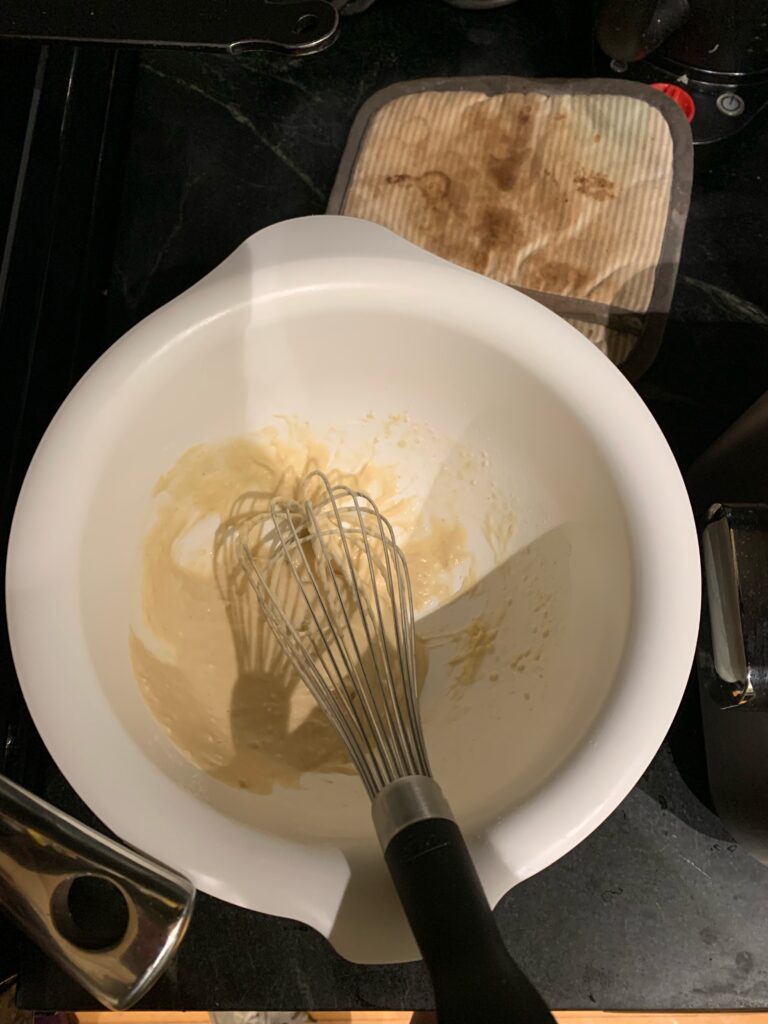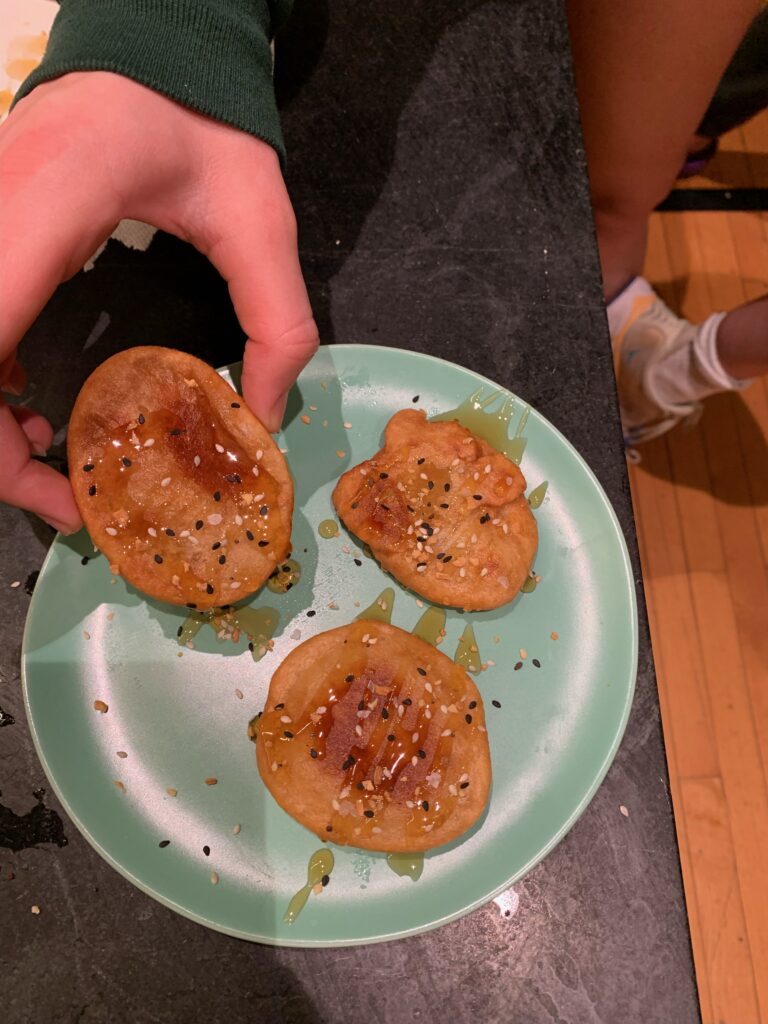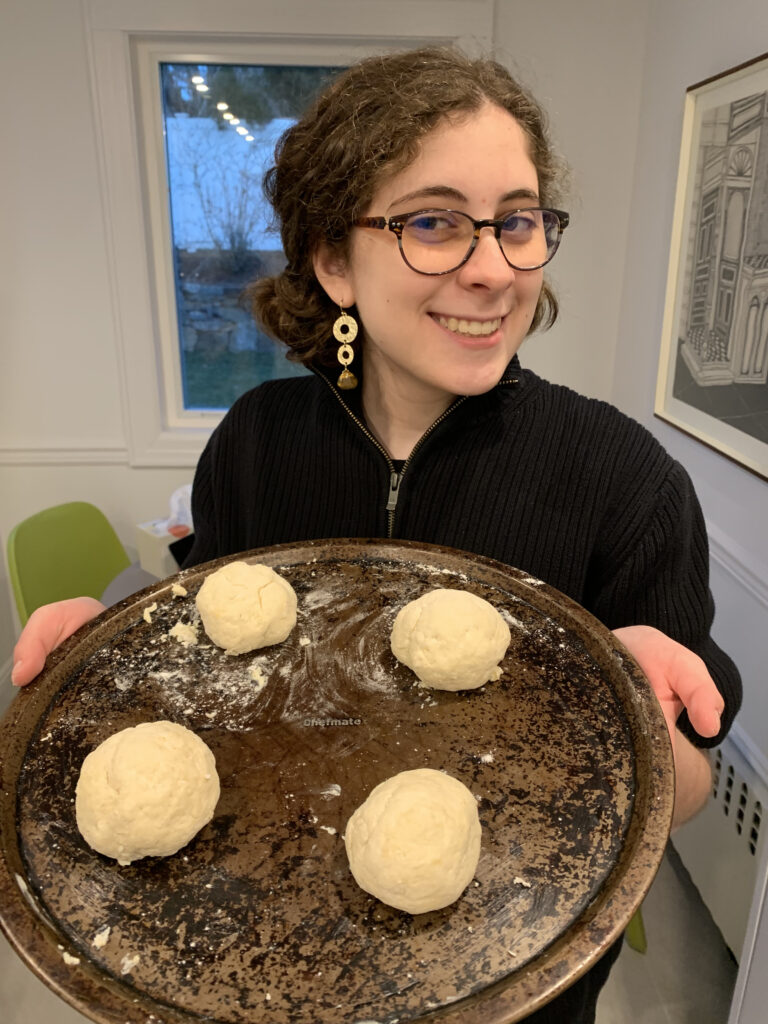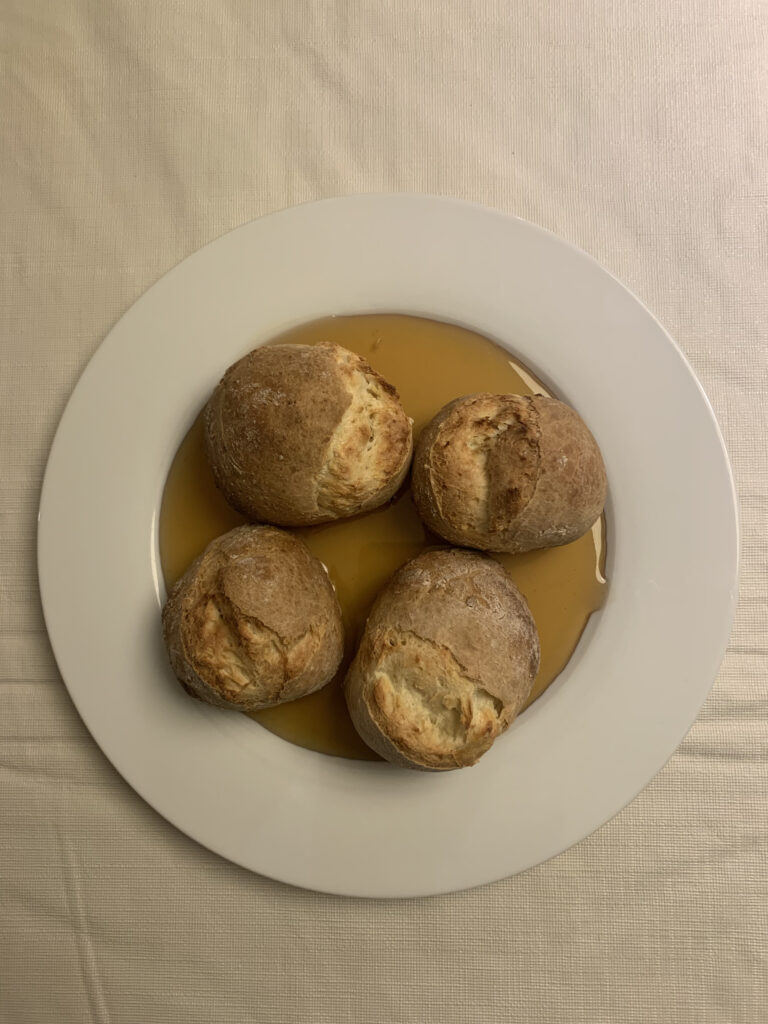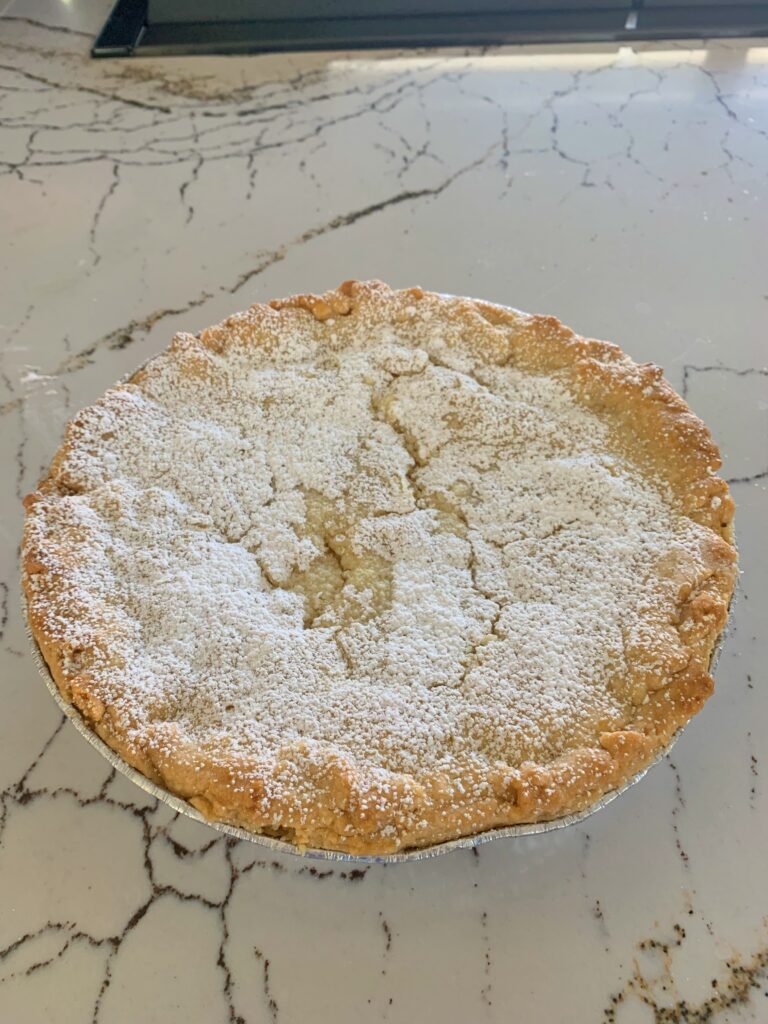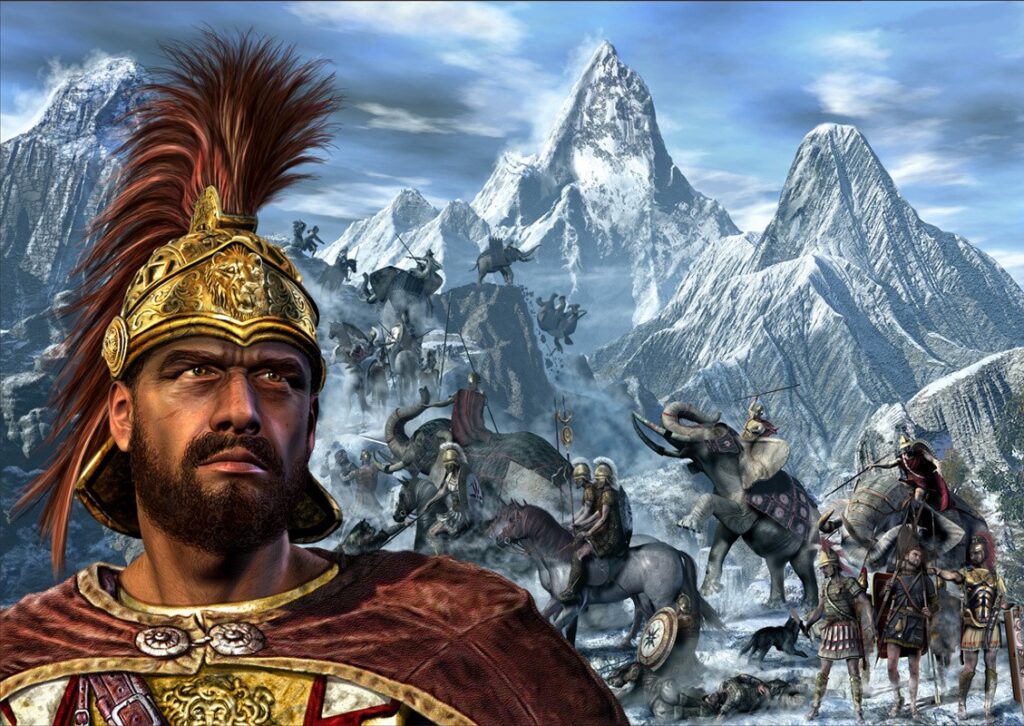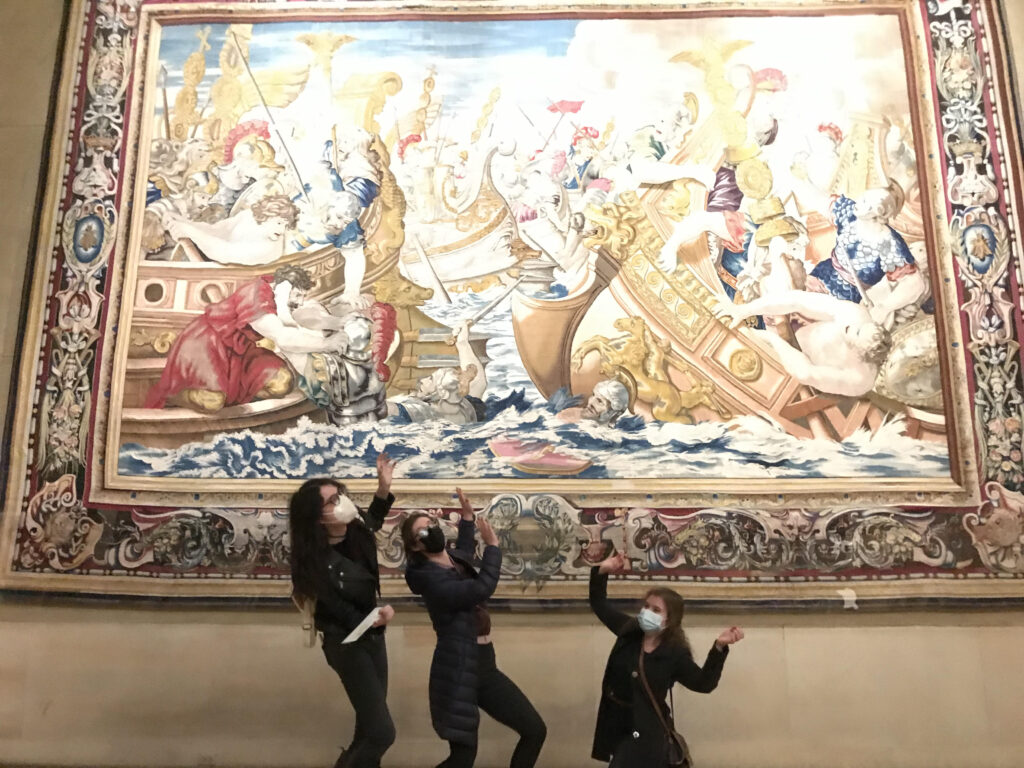Gladiator: The Road to Revenge
During spring break, I watched the movie Gladiator with my family. Released in 2000 and directed by Ridley Scott, this historical epic received critical acclaim. Taking place in 180 AD, the movie begins with a scene of the main character, Maximus, leading the Romans to victory against the armies of Germania. After this success, the Roman emperor Marcus Aurelius declares that he wants Maximus to succeed the throne, not his son Commodus. Marcus Aurelius does not believe that his son is moral and capable of ending political corruption and restoring Rome to its former glory, emphasizing the Roman values of virtue and honor. Riddled with feelings of anger and betrayal upon learning of his father’s plans, Commodus suffocates and kills Marcus Aurelius. Maximus manages to escape execution at the order of Commodus, but soon finds his home destroyed and his wife and son brutally killed.
Maximus is then captured and sold into slavery to a man named Proximo. To conceal his identity and former glory, Maximus removes his SPQR tattoo and goes by the alias of the Spaniard. Proximo trains Maximus to fight as a gladiator and when offered the opportunity to fight in Rome, Maximus is eager to find Commodus and enact revenge for the slaughter of his family. In his first fight in the Colosseum, Maximus encourages the gladiators to work together and they are victorious. However, after the battle, Maximus shocks Commodus and his sister Lucilla by revealing his true identity, as they thought he was long dead. Seeking to kill Maximus, Commodus has him fight the notorious Tigris of Gaul. In an act of defiance, Maximus refuses to kill his competitor, further angering Commodus. Simultaneously, fearing for their lives and the future of Rome, the Roman senator, Gracchus, Commodus’s sister, Lucilla, and Maximus plot to overthrow Commodus and end his dictatorial reign. Nonetheless, their rebellion goes awry when Commodus learns about the scheme through Lucilla’s son, Lucius. In the chaos that ensues, Maximus is captured by Commodus and Gracchus is imprisoned. Commodus then declares that he will fight Maximus in the Colosseum, but first stabs and weakens him. Despite being injured, Maximus defeats and kills Commodus in the arena. Maximus soon dies, but not before declaring the reinstatement of Senator Gracchus and Marcus Aurelius’s wish to restore the Roman Republic. Although the ending is unfortunate, it is not completely clouded in sadness, as Maximus is finally able to get revenge and reunite with his wife and son.
I enjoyed watching this movie and found the fight scenes especially interesting. The intense and graphic nature of the battle scenes reminded me of fights in the Lord of the Rings, specifically the Battle of Helm’s Deep and the Battle of Gondor. I also thought that the soundtrack was fantastic because it really captured the emotion and loss of characters, especially during the scene when Maximus returns home to find that his wife and son have been killed. Overall, I would definitely recommend this movie to a friend!
